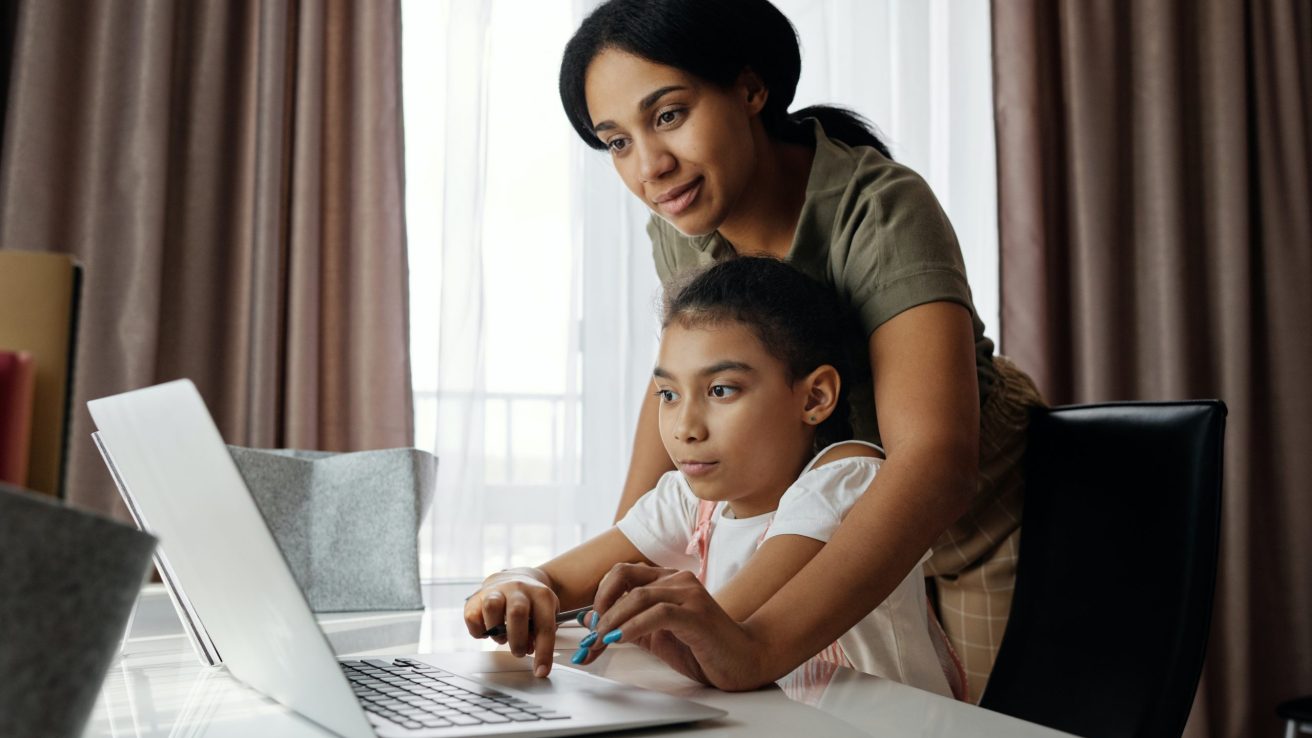In the medical community, an often overlooked yet important issue is the psychosocial distress experienced by people of color with vitiligo. Although vitiligo affects all racial groups similarly, this skin pigmentation condition is much more noticeable in people with darker skin. Racially diverse children are more likely to encounter barriers to accessing care at pediatric dermatology clinics. They may experience language barriers, lack adequate insurance, and are not easily able to visit a dermatologist clinic. Unfortunately, these barriers lead to delayed treatment, which can significantly affect one’s quality of life. And interfere with disease stabilization and repigmentation efficacy as early-stage interventions are the most effective and efficient. Given that patients of color with vitiligo experience greater stigmatization than White patients, the issue of delayed treatment may be compounded for this group. These individuals are also significantly more likely to experience anxiety, self-consciousness, stress, and other emotional concerns.
To further address this circumstance, University of Chicago researchers assessed whether virtual pediatric group visits tackle:
- Access to care issues; and,
- Reduce racial disparities in psychosocial isolation among pediatrics with vitiligo and alopecia areata and their caregivers.
The researchers visited 33 parents and 30 children aged five to sixteen. Twelve patients experienced vitiligo, while eighteen had alopecia areata. Most patients were female (59%) and African American (64%). 23% of the participants were Latinx.
All participants completed at least one initial individual visit. Ten group visits occurred via Zoom, with the groups separated by diagnosis. Before and after each Zoom meeting, parents and their children completed anonymous surveys. These surveys evaluated how advantageous the group visits were and if the children or their parents knew others with their conditions with whom they could discuss. A pediatric dermatologist led the group sessions and provided education on disease pathophysiology and experimental and alternative treatments. None of the sessions included one-on-one medical management. Spanish language interpreters were available to address language barriers.
The study’s results revealed that before the Zoom group sessions, 90% of children and 85% of parents either did not know anyone with the same condition or knew very few others. Researchers also learned that 67% of children and 70% of their parents believed no one or few people understood their condition before the group sessions. After the group sessions, those numbers decreased, with only 42% of children and 18% of parents feeling like no one or few people understood. 71% of pediatrics and 79% of parents reported interest in attending these meetings again. The children and parents were also unaware of how helpful they would find the sessions. 61% of children (37% before) and 82% of parents (67% prior) said they found the sessions helpful. Therefore, the study illustrated how the sessions exceeded the expectations of both children and caregivers. Parents may have benefitted more than children as the sessions offered a safe avenue to share emotions with others and build a sense of community.
The findings of the study ultimately revealed that virtual group visits might alleviate pediatric vitiligo distress and reduce the racial disparities in psychosocial isolation experienced by children of color with vitiligo and alopecia areata and their caregivers. Also, virtual group sessions may improve access to care, which can help patients better understand and treat their diagnosis.
Therefore, researchers and clinicians should continue to assess how virtual group sessions reduce disparities and improve care outcomes. These sessions may address gaps and expand access beyond individual telehealth visits and create a sense of community. There should also be a focus on reducing racial disparities due to unequal internet access and language barriers. Separating groups by language may smooth the flow of conversation.
Sources:
[1] U.S. National Library of Medicine. (2022, February 24). Vitiligo. MedlinePlus. https://medlineplus.gov/genetics/condition/vitiligo
[2] Khosla, N.N., Rosenblatt, A.E., & Grullon, K. (2021). Virtual group visits to reduce psychosocial distress and racial disparities in pediatric vitiligo and alopecia areata patients. Pediatric Dermatology, 38(S2), 132-134. https://pubmed.ncbi.nlm.nih.gov/34448243









